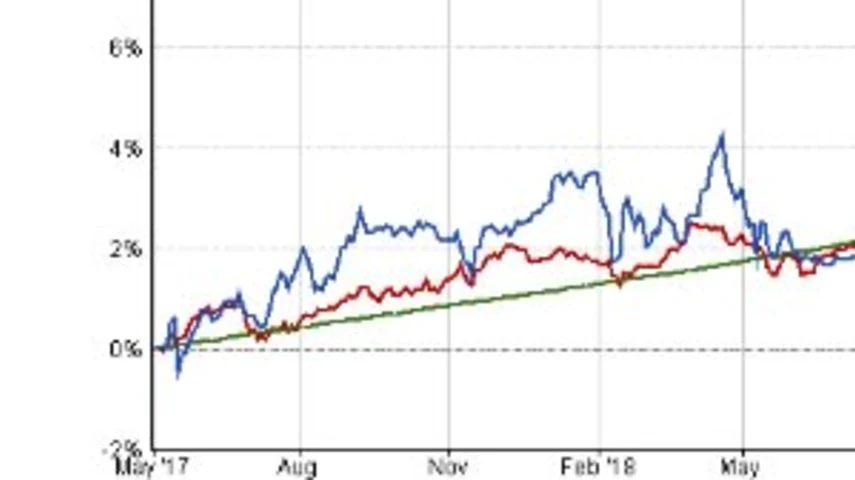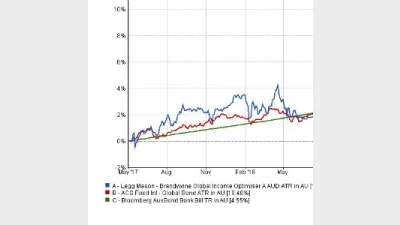Legg Mason’s fixed income fund cuts fees



Legg Mason has announced that the fees at Legg Mason Brandywine Global Income Optimiser Fund have been reduced by 10 basis points to 0.65% per annum, effective immediately.
Andy Sowerby, Managing Director, Legg Mason Australia and New Zealand, said: “In the current climate, with the cash rate at 0.75% and predicted to go lower, we believe an active fixed-income fund that can access diverse sources of income in global fixed income markets to secure a competitive yield while making every effort to protect investors’ capital is a powerful investment option”.
He added that the fund, which had $45 million as at 30 September 2019 since being launched in the Australian market in May 2017, had the dual aims of maximising income while preserving capital and achieved this through investing globally across the full range of fixed income markets.
“With the fund approaching its three-year anniversary in May 2020, we believe its track record to date, when coupled with a lower and competitive fee, make this a compelling investment opportunity, especially for those investors for whom both attractive regular income and capital security are paramount,” Sowerby said.
According to Legg Mason, the fund had a 10% net return over the past year to 31 October, 2019.
Legg Mason Brandywine Global Income Optimiser A fund performance since inception to 31 October 2019
Recommended for you
Clime Investment Management has sold a portion of its retail client book to an external financial planning practice for $1.6 million in its latest cost-out move.
In his inaugural address as L1 Group chief executive, Julian Russell has outlined his vision and priorities for the newly-merged $16.7 billion business but warned fund outflows will continue for 18 months.
Ten Cap has announced it will launch its first active ETF on the ASX later this month, expanding retail access to its flagship Australian equities strategy.
Flows into cash and fixed income ETFs rose by 46 per cent in October with investors particularly demonstrating a preference for Australian credit ETFs as they move away from AT1 bank hybrids.












